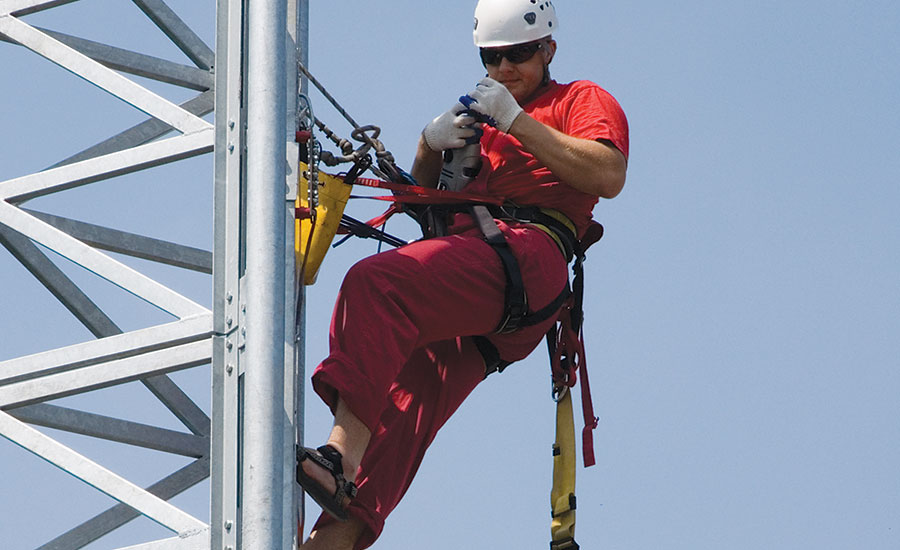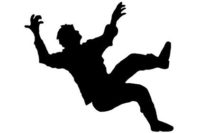Falls can be prevented and lives can be saved through three steps, according to OSHA: plan, provide, and train.
PLAN ahead to get the job done safely
Begin by deciding how the job will be done, what tasks will be involved, and what safety equipment may be needed to complete each task, states OSHA.
PROVIDE the right equipment
To protect workers who are six feet or more above lower levels, employers must provide fall protection and the right equipment for the job,.
TRAIN everyone to use the equipment safely
Workers need training on the specific equipment they will use to complete the job. Employers must train workers in hazard recognition and in the care and safe use of equipment.
Training program requirements
(29 CFR 1926.503)
• The employer shall provide a training program for each employee who might be exposed to fall hazards. The program shall enable each employee to recognize the hazards of falling and shall train each employee in the procedures to be followed in order to minimize these hazards.
• The employer shall assure that each employee has been trained, as necessary, by a competent person qualified in the following areas:
• The nature of fall hazards in the work area
• The correct procedures for erecting, maintaining, disassembling, and inspecting the fall protection systems to be used;
• The use and operation of guardrail systems, personal fall arrest systems, safety net systems, warning line systems, safety monitoring systems, controlled access zones, and other protection to be used;
• The role of each employee in the safety monitoring system when this system is used;
• The limitations on the use of mechanical equipment during the performance of roofing work on low-sloped roofs;
• The correct procedures for the handling and storage of equipment and materials and the erection of overhead protection; and
• The role of employees in fall protection plans;
• The standards contained in this subpart.
Certification of training
• The employer shall verify compliance with paragraph (a) of this section by preparing a written certification record. The written certification record shall contain the name or other identity of the employee trained, the date(s) of the training, and the signature of the person who conducted the training or the signature of the employer. If the employer relies on training conducted by another employer or completed prior to the effective date of this section, the certification record shall indicate the date the employer determined the prior training was adequate rather than the date of actual training.
• The latest training certification shall be maintained.
Retraining
• When the employer has reason to believe that any affected employee who has already been trained does not have the understanding and skill required by paragraph (a) of this section, the employer shall retrain each such employee. Circumstances where retraining is required include, but are not limited to, situations where:
• Changes in the workplace render previous training obsolete; or
• Changes in the types of fall protection systems or equipment to be used render previous training obsolete; or
• Inadequacies in an affected employee's knowledge or use of fall protection systems or equipment indicate that the employee has not retained the requisite understanding or skill.







